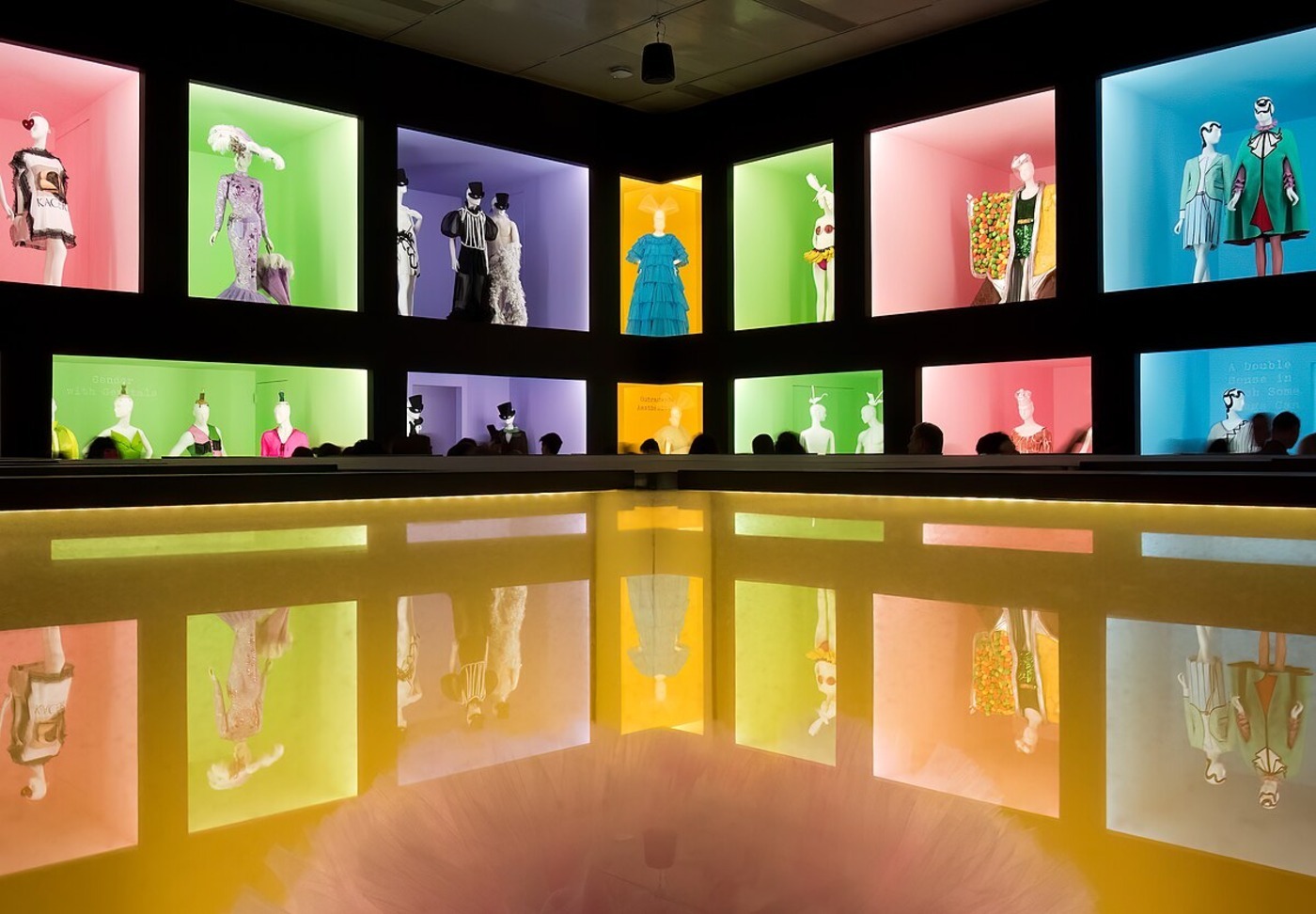Fashion as art: The art of curating the Costume Institute:
This year’s Met Gala, hosted on May 5 2025, raised a record-breaking $31 million for the Metropolitan Museum of Art’s Costume Institute. The Costume Institute is an integral part of fashion, playing a role in both showcasing and influencing fashion trends. The Met Gala, formally called The Costume Institute Benefit, provides the majority of the funding for the institute. The gala finances its exhibitions and improvements, as well as enabling its acquisition of new pieces.
With 1.2 billion views in 2025 as people from all around the globe tune in to watch, the Met Gala both massively shapes and draws attention to trends
The Met Gala honours the opening of the year’s spring exhibition every May. Anna Wintour, infamous in the world of fashion, has organised the event since 1995, with the exception of two years in the 90s. As Editor-in-Chief of Vogue and Artistic Director of Condé Nast, Wintour has played a crucial role in increasing the reputation of the Met Gala, which was created by Eleanor Lambert in 1948 as “The Party of the Year”. With 1.2 billion views in 2025 as people from all around the globe tune in to watch, the Met Gala both massively shapes and draws attention to trends. Recently there has been a rise in its visibility, as influencers and content creators post videos judging looks and determining how well celebrities follow the theme of the year. This year, the theme was “Superfine: Tailoring Black Style”, celebrating the expression of black identities through clothing.
The Costume Institute’s powerful impact on fashion is not limited to the Met Gala, with its immense and varied collection of over thirty-three thousand objects and pieces spanning seven centuries of clothes
However, The Costume Institute’s powerful impact on fashion is not limited to the Met Gala, with its immense and varied collection of over 33 thousand objects and pieces spanning seven centuries of clothes and accessories from the fifteenth century all the way to the present. This impressive collection includes works by Charles Frederick Worth, known as the “father of couture”, to legendary pieces by Coco Chanel, Vivienne Westwood, and more modern creators such as Elsa Schiaparelli, Christian Dior, and Alexander McQueen.
Exhibitions and the gala are not the only task which the institute undertakes; staff are “responsible for…interpreting…and researching” the collection, alongside preserving the iconic and historical pieces. By highlighting the strong relationship between fashion and art, through its emphasis on the creative process behind fashion as well as its research opportunities, the institute clearly also endeavours to inspire others in order to encourage not just veneration of, but also an involvement in, fashion designs and creation.
The extensive collection of the Costume Institute also includes the well-known costume collection of the Brooklyn Museum, following its transfer in January 2009. This includes key pieces of American fashion from the late nineteenth to the mid-twentieth century. Following the combination of these collections, this is now the biggest costume collection of Western fashion in the world.
Although the Costume Institute may be mainly known for the Met Gala, the impressive variety of exhibitions and opportunities which it provides will continue to inspire
Some of the institute’s recent exhibitions have included Chanel (2005), Alexander McQueen: Savage Beauty (2011), and Charles James: Beyond Fashion (2014). Its Heavenly Bodies exhibition brought over 1.65 million visitors – The Met’s most visited exhibition. Although the Costume Institute may be mainly known for the Met Gala, the impressive variety of exhibitions and opportunities which it provides will continue to inspire and advance the careers of fashion enthusiasts alongside the natural progression of fashion.
The Museum established the “Friends of The Costume Institute” in 2002. This group was designed to support “the department’s exhibition, acquisition, conservation, and publication programs” and to “advance fashion as an art form and encourage the study of fashion as a serious academic discipline” through the promotion of “a more profound historical and theoretical understanding of costume”. In revealing the artistic and academic backbone of fashion, the Costume Institute’s impact is supported by, yet transcends, the success and fame of the Met Gala.

Comments